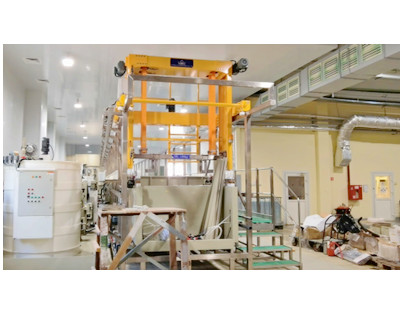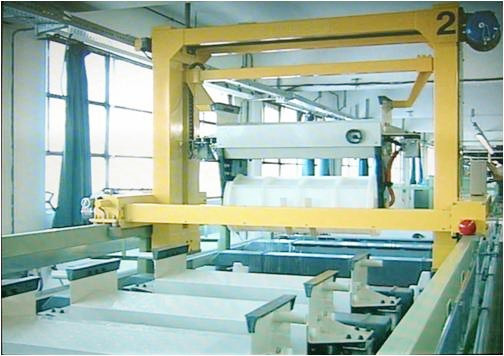In the production of decorative chromium plating, it is often encountered that the chrome coating is grey without metallic luster, and the surface of the nickel coating below is normal after the chromium coating is removed. The main causes of this fault are:
① The chrome covering property of bright nickel layer is poor. The additives of bright nickel plating have an impact on the chrome covering property of nickel coating. If the cleaning property of bright nickel plating additives is poor, the residual additives on the surface of parts will not be cleaned, and the chrome layer will be scratched after chrome covering.
② The nickel plating layer is passivated before chromium plating, which is caused by the long cleaning time after nickel plating.
The methods to deal with this kind of fault are as follows: selecting the additive of nickel light with good chrome property; After bright nickel plating, add electroplating matte nickel or impact nickel, etc. (no gloss agent is added to the nickel plating solution, and the plating time can be controlled so as not to affect the bright appearance of bright nickel). The matte nickel has excellent cleaning and chrome covering properties due to the absence of additives;
Add cleaning process after bright nickel to ensure cleaning; At the same time, pay attention to shorten the cleaning time to prevent nickel layer passivation; Before chromium plating, add nickel activation chemical sequence to activate nickel coating, which can be activated by chemical activation and electrochemical activation.
In addition, it should be noted that the residence time of each tank of the automatic electroplating line cannot be adjusted, which may lead to the long residence time of the parts in the water after bright nickel plating, causing the problem of surface blooming after chromium passivation of the nickel coating. 0.59/l ~ l9/l nahc03 can be added to the tank with a long residence time to avoid nickel surface passivation.





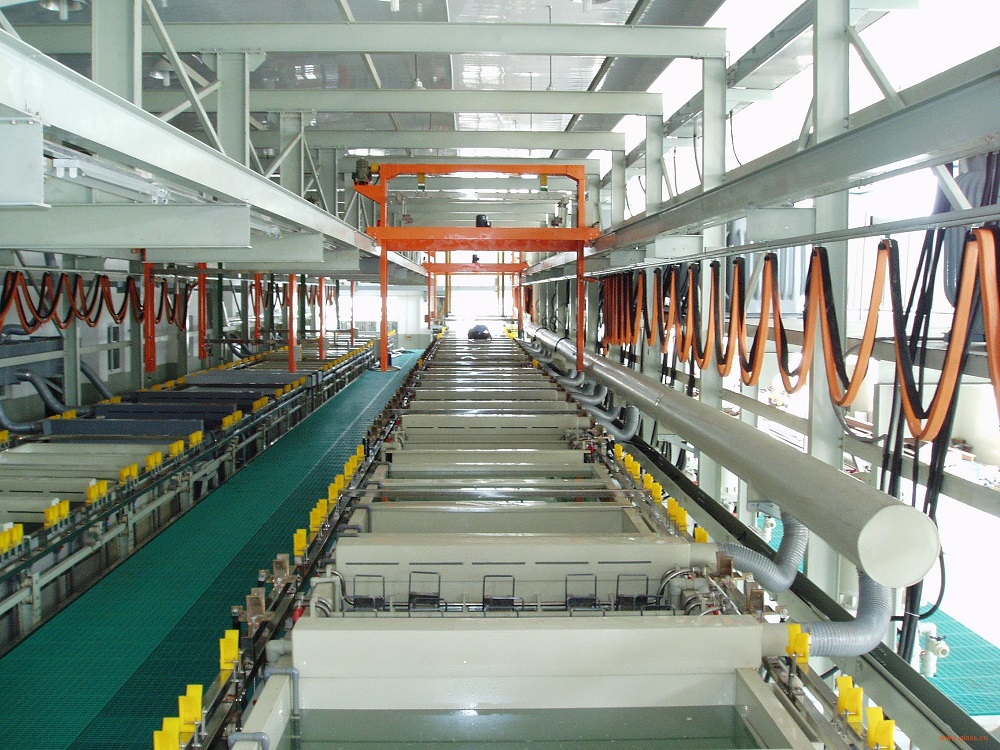
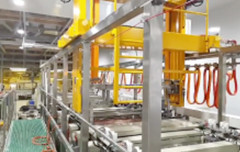
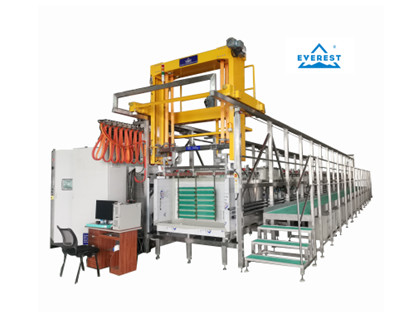
 Mar. 08, 2022
Mar. 08, 2022 